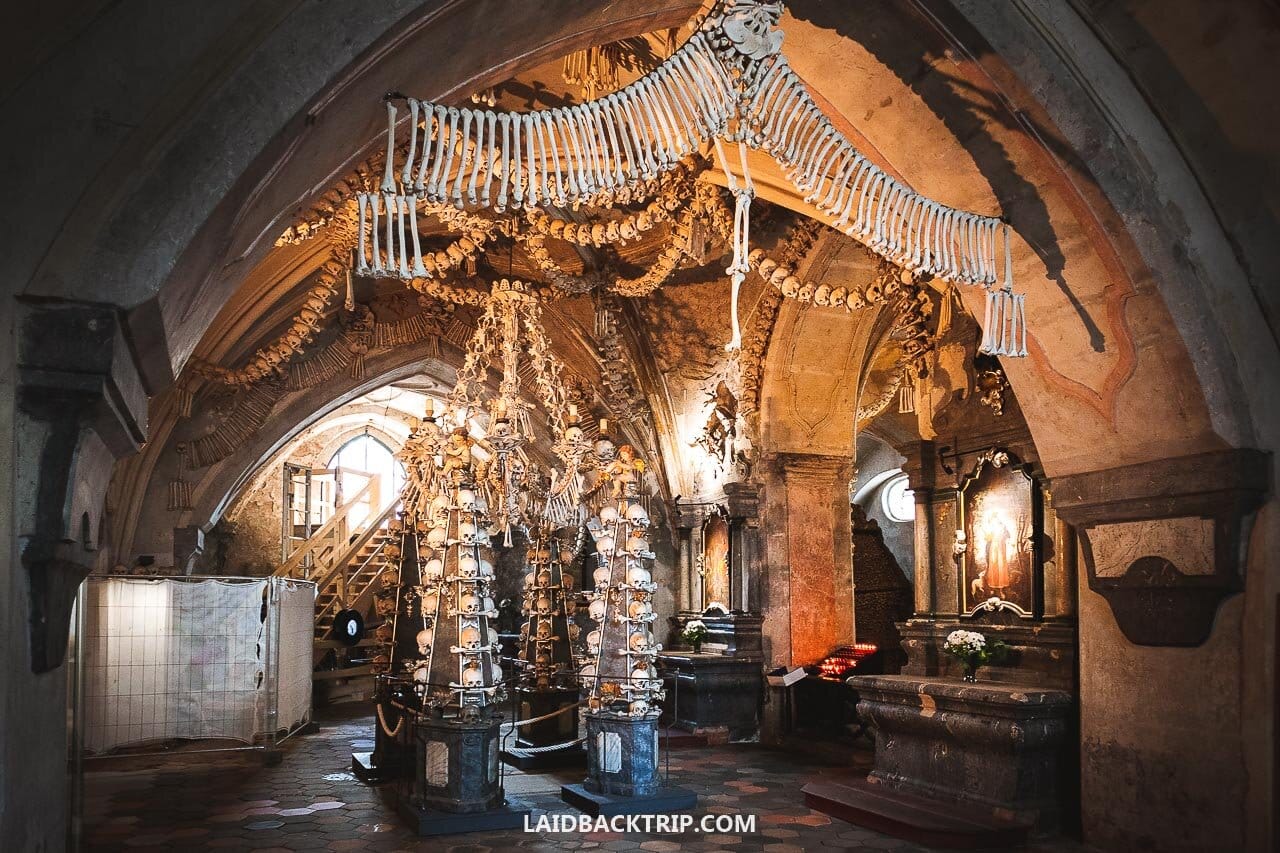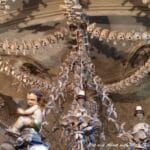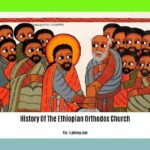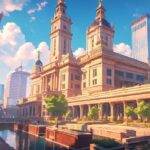A Church Adorned in Bones
Imagine a church where the walls are not adorned with stained glass and paintings, but with human bones. This is the captivating reality of the Sedlec Ossuary, more commonly known as the Czech Bone Church, in Kutná Hora, Czech Republic. Home to the skeletal remains of over 40,000 people, the church presents a mesmerizing and somewhat eerie spectacle where life, death, and art intertwine.
A Cemetery Transformed
The origins of the Sedlec Ossuary can be traced back to 1278 when, according to legend, an abbot from the Sedlec Cistercian Monastery returned from Jerusalem with soil said to be from Golgotha, the site of Jesus’ crucifixion. He scattered this “holy soil” in the monastery’s cemetery, instantly making it a highly sought-after burial ground.
Centuries later, the Black Death swept across Europe, leading to a dramatic increase in deaths. The cemetery became overwhelmed, and an ossuary, a dedicated repository for skeletal remains, was built beneath the Cemetery Church of All Saints to accommodate the growing number of interments.
The Artistry of Bones
In the 1870s, a local woodcarver named František Rint was commissioned to organize the mass of bones in the ossuary. Rint, however, had a much grander vision. He saw the bones not merely as remnants of the deceased but as a unique artistic medium. With meticulous care and astonishing skill, he transformed the ossuary into the spectacle it is today.
Rint’s creations include a massive bone chandelier, said to contain at least one of every bone in the human body, and the Schwarzenberg coat of arms, meticulously crafted from various bones. Garlands of skulls, bone chalices, pyramids of neatly stacked bones – every corner of the Sedlec Ossuary reflects Rint’s extraordinary artistry and his unique vision.
The Enduring Questions of the Bone Church
The Czech Bone Church is not merely a macabre spectacle. It is a place of profound historical and cultural significance, prompting contemplation on life, death, and our shared humanity. The church’s peaceful atmosphere, despite its unconventional décor, adds another layer of complexity to the visitor experience. Recognized as a UNESCO World Heritage site, the Sedlec Ossuary continues to draw thousands of visitors every year, sparking awe, intrigue, and philosophical reflection.
Ethical Considerations
The display of human remains in such a manner inevitably raises ethical questions. Some find it unsettling, while others view it as a beautiful and thought-provoking tribute to those who came before us. This ongoing debate adds another layer of complexity to the experience of visiting the Sedlec Ossuary.
A Legacy in Bones
The Czech Bone Church serves as a stark reminder of our mortality, a tangible link to the countless lives that have passed before us. It also stands as a testament to the enduring power of art, capable of transforming even the most somber of materials into something strangely captivating and beautiful.
Visiting the Sedlec Ossuary:
- Location: Sedlec, a suburb of Kutná Hora, Czech Republic.
- Official Name: Sedlec Ossuary (Czech: Kostnice v Sedlci).
- Key Feature: Real human bones arranged in artistic and decorative displays.
For a journey through history, art, and the mysteries of life and death, a visit to the Czech Bone Church is an experience unlike any other.
Dive into the pristine waters of the Dry Tortugas National Park and marvel at the kaleidoscopic marine life that awaits you. Witness the enchanting Cocoa Beach Bioluminescence as the waves illuminate the night with their ethereal glow.
- Unveiling Bernhard Caesar Einstein’s Scientific Achievements: A Legacy in Engineering - July 15, 2025
- Uncover who is Jerry McSorley: CEO, Family Man, Business Success Story - July 15, 2025
- Discover Bernhard Caesar Einstein’s Scientific Contributions: Unveiling a Legacy Beyond Einstein - July 15, 2025
















1 thought on “The Captivating History of the Czech Bone Church in Kutná Hora”
Comments are closed.